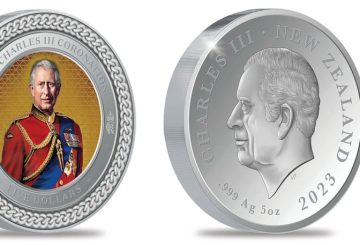뉴질랜드 교육원은 회원들이 현재의 제안으로는 제기했던 우려 사항을 해결하지 못했다고 느꼈다고 말합니다.
다음 주 목요일에는 약 3만 명의 초등학교 교사들이 전국에서 파업을 벌일 예정입니다.
뉴질랜드 교육원은 초등학교와 유치원 교사와 교장들이 교육부의 단체 협약 타결 제안을 거부했다고 밝혔다.
NZEI 회장 마크 포터 (Mark Potter) 는 노조원들이 정부가 학교와 유치원에 대한 인력 및 자금 지원을 늘리고 인력을 유치하고 유지하기 위해 현행 급여 제안을 개선하기를 원한다고 말했다.
그는 정부의 현재 제안은 자금 조달 및 인력 부족, 비율 및 병가와 관련된 심각한 문제를 해결하는 데 거의 도움이 되지 않았다고 말했다.
포터는 성명서에서 “파업 조치는 우리가 가장 하고 싶지 않은 일이지만 회원들은 우리가 변화를 얼마나 진지하게 받아들이고 있는지에 대한 메시지를 정부에 보내고 싶어한다”고 말했다.
“우리 모두는 학생들에게 최고의 것을 원하지만 시스템을 변경하지 않고는 학생들에게 최선을 다할 수 없습니다.이것은 타마리키에 영향을 미칩니다. 교사의 근무 조건은 어린이의 학습 조건이기 때문입니다.”
NZEI가 발표한 성명에서 한 캔터베리 초등학교 교사는 학급 규모와 학습 지원을 다루지 않았기 때문에 파업에 투표했다고 말했고, 타네아투아 초등학교 교장은 현재 초등학교 아이들이 중등 학생들보다 30% 적은 자원을 받고 있다고 말했고, 넬슨 유치원 교사는 병가가 충분하지 않아 파업을 하고 있다고 말했습니다.
다음 주에는 중등 학교 교사들도 파업을 벌일 예정이며, 이로 인해 최대 5만 명의 교사들이 산업 활동에 나설 것입니다.




























































